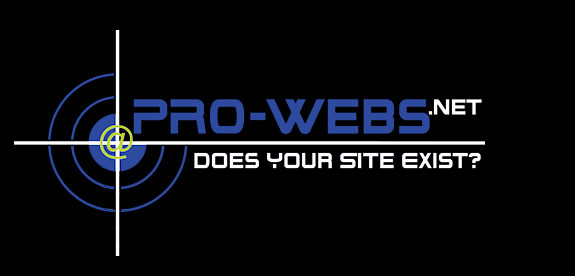
First let’s attempt to define what “brand damaging” actually means. It’s really a rather ambiguous, mostly legal term referring to statements, actions, images, content, theft and other actions causing damage or harm to one’s brand. Be that brand an authors name, a business or a service.
Many times this type of issue involves another nasty term, “identity theft”. The connection comes from associating a known brand, such as the case with Jeremy Schoemaker in 2008. This matter was one of the first notable cases I have seen reported. In this case, the Hydra Network or one of its affiliates made unauthorized use of a picture of ShoeMoney holding a check and the accompanying ad claiming he had made the money using a scam called “Google Money Tree”.
How does this affect shop owners?
Many of you will have already received a letter of intent, or decided changes from your merchant bank if you process credit cards. The changes or proposed changes are quite frankly in answer to Visa Mastercard’s intent to take action in response to increases in consumer disputes related to card not present and direct response products and services.
It’s not really Greek, in a nutshell, if you, your practices, your security or your products and services are a bad risk, Visa Mastercard feels that this damages their brand.
These forthcoming and anticipated payment brand mandates and requirements will change a great many things for some merchants. For example e-online has already adapted the following policy changes:
e-onlinedata cannot accept merchant applications for products and/or services employing “Negative Option” enrollment, in addition to the following practices:
- Marketing models that employ “Free-Trial”, “Deferred Billing” and/or “Shipping Only”. Customers must be receiving a tangible good or contracted service in exchange for charging of payment cards. Incentivized discount offers are acceptable when the cardholder is receiving something in exchange for payment, however we will be unable to support accounts engaging in hidden or delayed charges and ‘free’ offers that are not truly free.
- “Cross-Selling” and “Up-selling” business practices. All sales should be directly between the business entities (merchant) processing the transaction and the cardholder, with cardholder authorization for all purchases.
- Per Payment Brand guidelines, the use of multiple merchant accounts, billing descriptors and merchant processors may be viewed as an attempt to avoid chargeback monitoring programs and is prohibited. Perceived non-compliance has led to termination of processing relationships. e-onlinedata will review the business consideration for opening multiple merchant accounts to ensure compliance with Payment Brand guidelines.
- Transactions generated from internet traffic and all other lead sources must be managed and monitored for potential fraud using an approved system. Third Party service engagement may be a requirement for account approval.
Of these, the most likely ecommerce merchant concern is the last. The last statement refers to properly managing, monitoring and PCI compliance of your shopping cart, hosting and merchant gateway. These are not recommendations, but rather already required for merchants. When you signed your merchant agreement, you also agreed to maintain the proper PCI/DSS standards and mandates.
Originally, PCI was Greek, however, merchants are learning and much support is available to meet the needs of small businesses whose budget for these matters can be quite small. Your merchant provider, merchant gateway provider or PCI approved scanner can help you to understand and manage the protocols necessary to keep not only yourself, but your shoppers safe. I have a post here to get you started on the road to PCI compliance.
It is clearly worth noting that the FTC (Federal Trade Commission) has already moved on the “Negative Option” marketing technique. Additionally, the FTC recently made changes to the requirements for paid testimonials, blog posts and endorsements. These are also clearly targeted at the web, and I think we can expect to see more of the same with big fines from the FTC in the future.
Not only are these things right and proper in my opinion, but changes to protect consumers on the web are long overdue. I think if you run and honest business in good faith you will not have any issues, frankly, those sapped by the movement to protect Internet consumers are in general those who would strive to deceive and take advantage of consumers…. Giving us all a bad name and damaging our brand as well!

One response to “Brand Damaging & What it Means to Ecommerce”
[…] you haven’t read about the new “Brand Damaging” issues and you accept credit cards on your website… You need to. The potential impact […]